Electricity, energy and waves
Electric circuits тАУ WJEC
Engineers connect components in electrical circuits in series or parallel to make a range of useful circuits. We can calculate the voltage, current and resistance in these circuits.
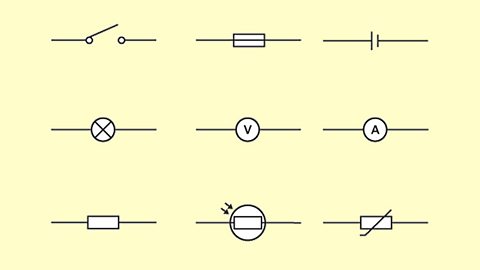
Generating electricity тАУ WJEC
Electricity is a convenient source of energy and can be generated in a number of different ways using either fossil fuels or renewable and sustainable technologies.
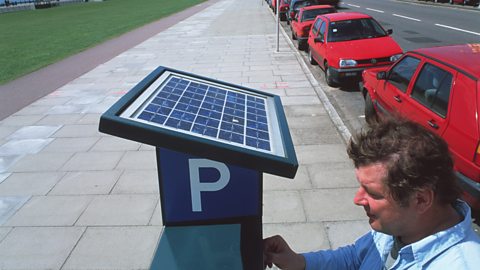
Making use of energy тАУ WJEC
Heat energy can be transferred from areas of high energy to areas of lower energy by conduction, convection and radiation. Understanding how to control these processes helps reduce energy consumption.
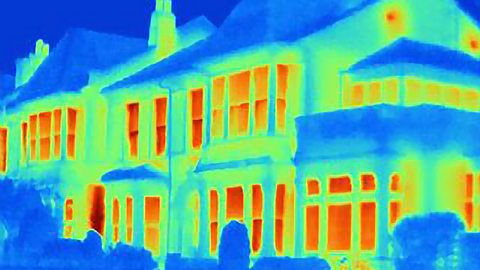
Domestic electricity тАУ WJEC
Domestic electricity explores electrical circuits and the safety devices around the home, like fuses and circuit breakers, the ring main circuit and the functions of the live, neutral and earth wires.

Features of waves тАУ WJEC
Key terms for the features of waves are introduced, and the properties and uses of the EM spectrum, wave speed calculations and satellite communication are also covered.
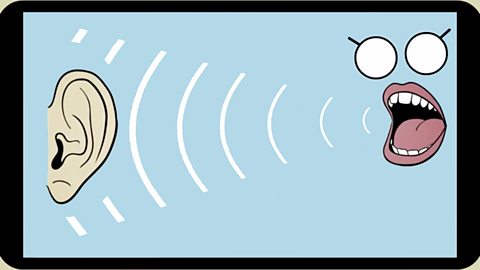
The total internal reflection of waves тАУ WJEC
This topic explores the conditions necessary for total internal reflection of light. It discusses applications of total internal reflection using optical fibres, like medical uses and communication.

Seismic waves тАУ WJEC
Earthquakes produce shockwaves called seismic waves. These waves can be detected using seismographs. Some seismic waves are surface waves, while others can travel through the Earth.

Kinetic theory тАУ WJEC
Learn about kinetic theory, which includes using the Celsius and Kelvin scales, the relationship between pressure, temperature and volume in gas, and energy changes when changes in state occur.

Electromagnetism тАУ WJEC
If electric current flows in a coil, it experiences a force and moves. Spinning a magnet in a coil of wire generates electricity. Transformers change the size of alternating voltages.
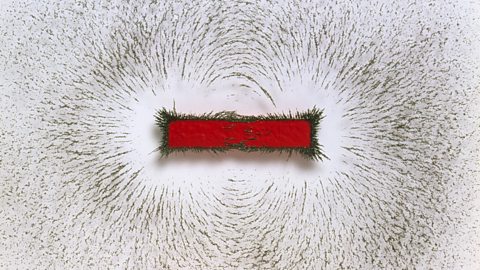
Video playlist
Electricity at home. Video
Charlie is hosting a party when suddenly the music stops. He asks his app, Ada, for help.
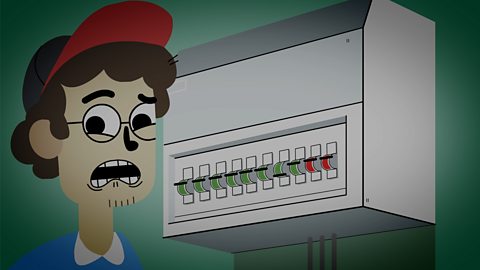
Conduction, convection and radiation. Video
Ada, the science app, explains the process of conduction, convection and radiation.
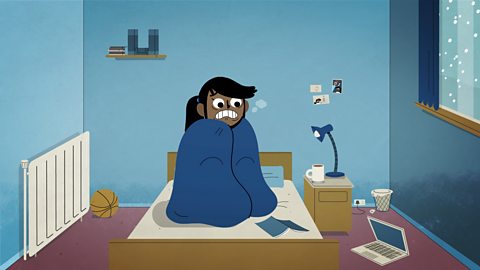
Wavelength, frequency and speed. Video
Sophie is admiring Chris and Ada the science app suggests ways of asking him out.
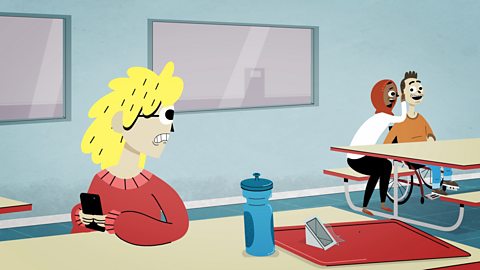
P and S waves. Video
Whilst Dylan and Owain watch a disaster movie, Ada the science app interrupts.
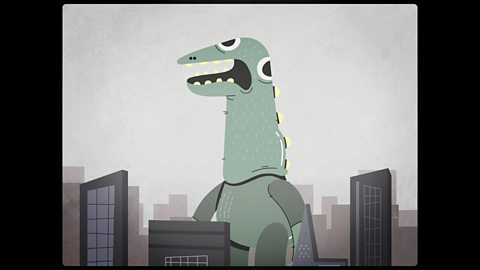
FlemingтАЩs left hand rule. Video
Ada the science app uses Mexican wrestling to explain how to generate electricity.

Reflected and refracted waves. Video
Sara is trying to тАШsurf the webтАЩ and Ada the science app starts teaching her about waves.
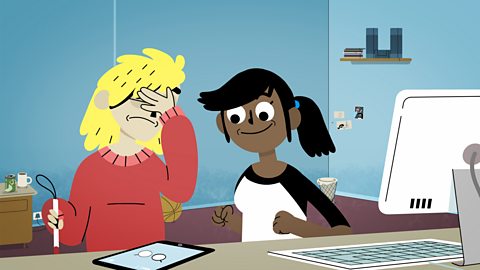
Links
- External linkExternal link
- External linkExternal link
- External linkExternal link
- External linkExternal link
- SubscriptionSubscription
- External linkExternal link
- SubscriptionSubscription
- External linkExternal link